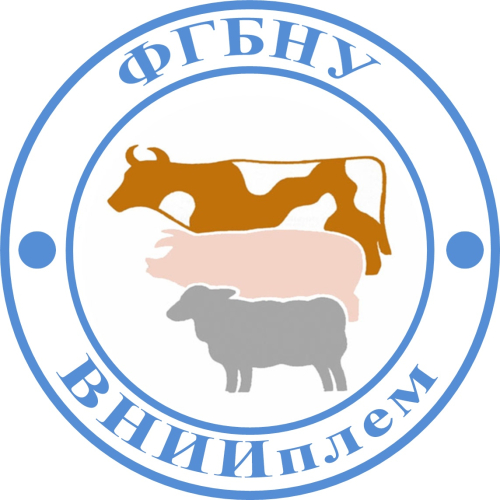Laboratory of Genetics and DNA Technologies

Laboratory of Genetics and DNA Technologies at the Kostroma State Agricultural Academy. We have been working since November 2019. The initial purpose of the creation was to preserve and improve the gene pool of cattle, including the brand of the Kostroma region — the Kostroma breed of cows. The laboratory is the base for the training of scientific and pedagogical staff of our university, and the results of the research of our scientists are introduced into breeding work with cattle in agricultural enterprises of our region and are used in the educational process. Our laboratory provides the following services: - selection of biomaterial and obtaining animal DNA; - genetic testing of cattle for hereditary pathologies; - genetic testing of cattle for infections of group III-IV pathogenicity; - genetic testing of cattle by genes of economically useful traits; - development of new types of testing at the request of customers. At the moment, we are expanding our field of activity to develop genetic testing of other animal species.
- Real-time PCR (qPCR)






